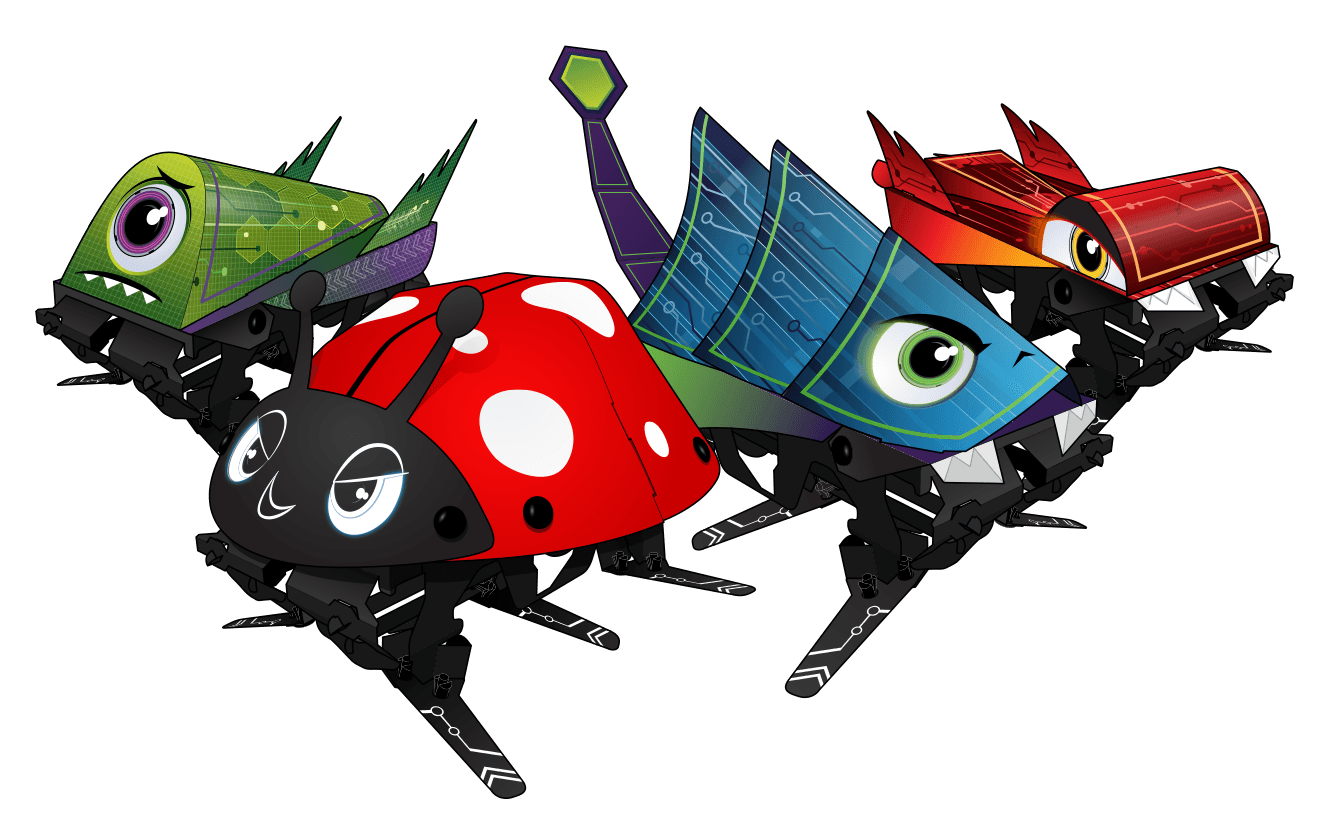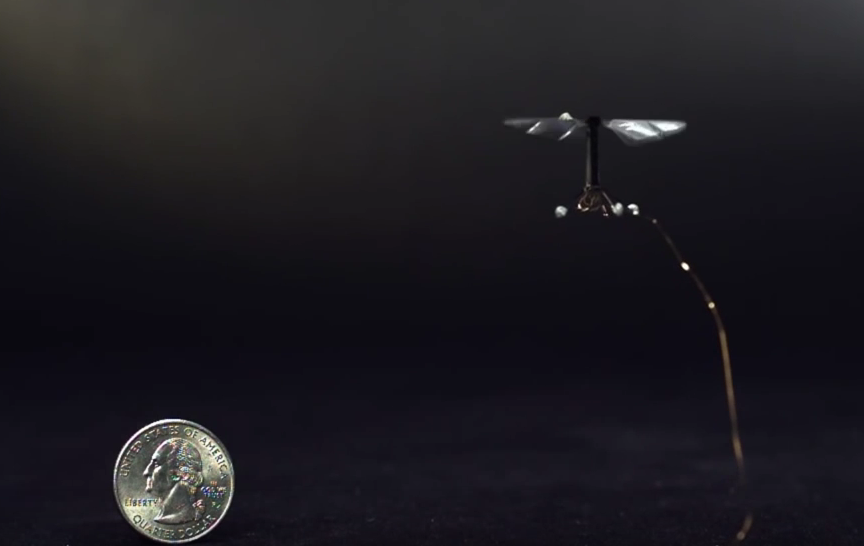11. WATCH: Concepts in Action

WATCH: Concepts in Action
Now that you have had a chance to read some of these papers, I'm sure you are wondering, "when do we get to hear more about this and see some of these robots in action?" Luckily, you don't have to wait long.
Biologically Inspired Robots in the Industry
First, listen to Nick Kohut, CEO and Co-founder of Dash Robotics. Listen to Nick explain what it is like to be a roboticist in the industry, the challenges of starting a company, and listen to what inspired the design of Dash's Kamigami robot. It's a great talk you'll see only at Udacity!


Biologically Inspired Robots in Research
Robot Insects
After reading Robert Wood's paper on The first takeoff of a biologically inspired at-scale robotic insect, I'm sure you would like to see how this actually work. Listen below to hear Dr. Wood's talk on the biological inspiration used in robots and also see his flying insect based robot starting at 10:10 (working in hover mode). Incredible!

Legged Robots
Flying robots are a great feat of engineering, but historically, legged robots have had a lot more challenges due to objects on the ground. Robot locomotion has been very challenging and jumping add further complications. Luckily, the folks at Massachusetts Institute of Technology (MIT) have been hard at work designing and building a running / jumping cheetah robot!

Vision-Based Mapping
A lot of focus in the papers was on robot locomotion, but as we saw in the video with Dr. Arpan Chakraborty, vision is equally important when attempting to emulate biology. SLAM (Simultaneous Localization and Mapping) is a method for a robot to identify it's position and location. RatSLAM is a method that attempts to identify the robot's location and position using just cameras and some simple on-board sensors (no LIDAR, sonar, or radar). This approach is emulated after the way a rat learns how to navigate it's environment. You can see some of the research developed by the folks at Queensland University of Technology in action below. Will this be the most utilized SLAM algorithm in the coming years? See for yourself and you decide.
